Juniper horizontal "Andorra": description, planting and care
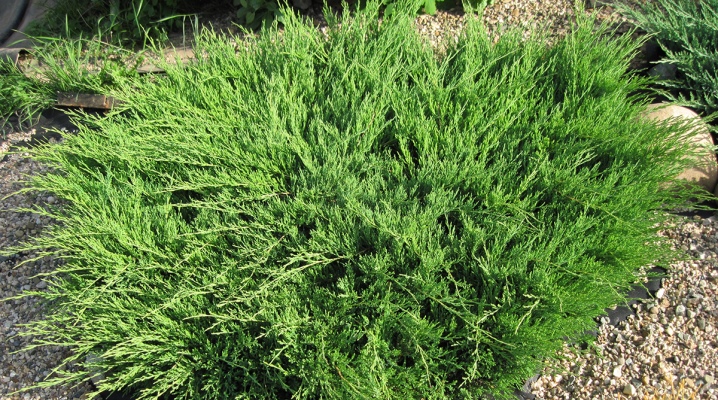
Juniper variety "Andorra" is increasingly becoming an inhabitant of private gardens. This plant is able to fill the site with freshness and aroma, decorating even a neglected garden with its decorative appearance. Even in winter, it fits harmoniously into the landscape design. In order for the juniper to delight the gardener as long as possible, you should study the information about the presented variety and the features of caring for it.
Description of the variety
The standard variety is called Andorra Variegata. The height of the shrub is a maximum of 0.5 m, the diameter of the cushion crown can reach 2 m. It belongs to slow-growing species, the annual growth is about 10 cm. So, a 10-year-old specimen has a height of about 30-40 cm, and its diameter is about 70 cm. In the thickness of the needles for the 7-10th year of life, fruits ripen - miniature cones that look like berries. Their color is grayish white. The needles are green with creamy tints.
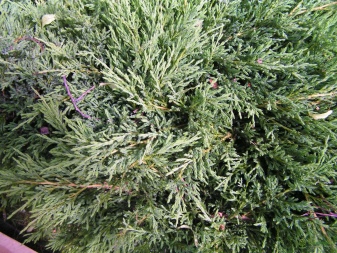
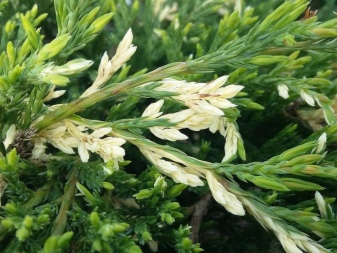
Another variety is Andorra Compact. It is a horizontal juniper with variegated needles. It grows only 0.4 m. The crown also has a cushion shape and does not grow more than 1 m wide. In nature, the presented culture grows in North America, on the shores of the Great Lakes and in other areas of western Canada and the United States. This species is called horizontal for its squat crown, which had to adapt in strong wind conditions.
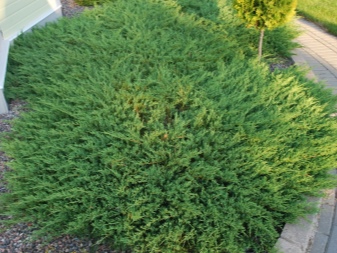

The slow growth of trees makes it possible to achieve a full-fledged ephedra only after 15-20 years. But how beautifully a garden can be decorated in which Andorra junipers grow. In summer, the needles have silvery or light green needles, which by winter are painted in mauve and gray shades.
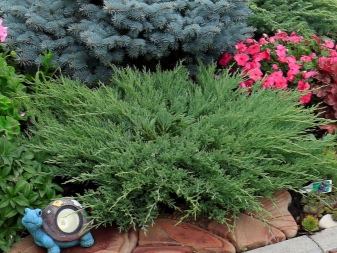
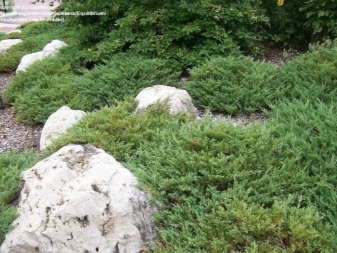
The variety is highly resistant to frost, and in general it is a rather unpretentious crop for planting. The harsh natural conditions have hardened the shrub, and now it can grow calmly in cold climates.
However, this does not mean that the content of the juniper can be left to chance - this plant needs not difficult, but competent care.
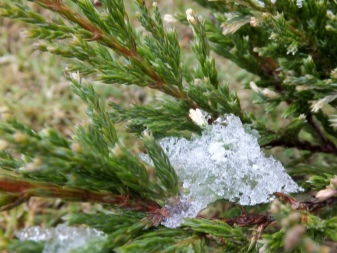
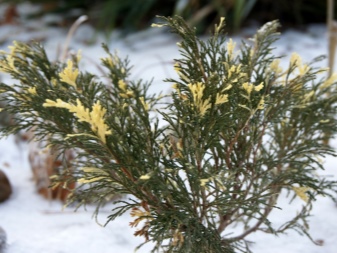
Landing features
Before you start planting, you should pay attention to the seedling. It is recommended to buy planting material from proven nurseries. Examine the root system of the selected instance - it should be closed, the earthen lump is preserved.
If the roots have been outdoors for a long time, then the ephedra will adapt to new conditions for a long time.
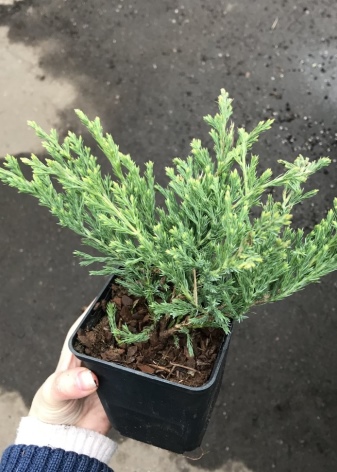
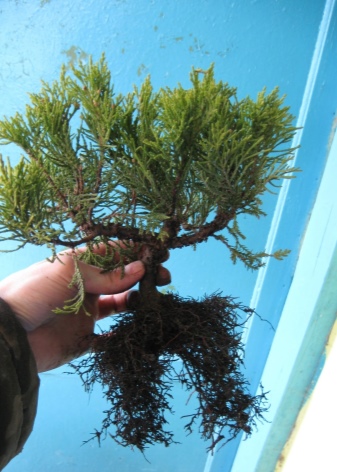
An important criterion for landing is the choice of the site. So, the main factors for successful development will be the abundance of sunlight and the absence of stagnant water... But this variety is unpretentious to the composition and acidity of the soil, although it feels more comfortable in sandy loam or loamy soils. As for the timing of planting, the most successful time is spring, then by winter the seedling will have time to take root and get used to new conditions.
If this is a container plant, then planting is allowed until October, however, the development of the seedling in this case may be slightly inhibited.
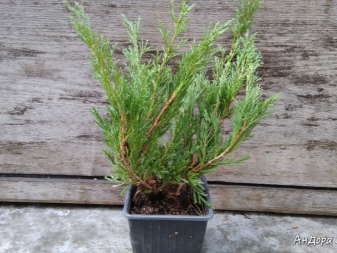
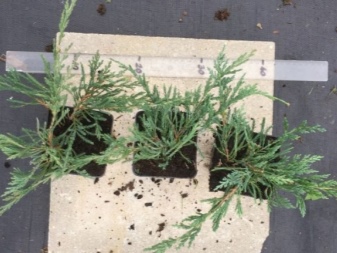
The planting process consists of several steps.
- Dig a planting hole. A deep hole is not needed as horizontal species have a shallow root system. The diameter is determined by the dimensions of the seedling rhizome.
- Organize a drain on the bottom of coarse sand and stones or broken red brick. Thickness - 20 cm.
- Add nutrient mixture. It can be prepared by mixing peat, turf and sand in proportions of 2: 1: 1. If you add coniferous litter, the survival rate of the seedling will be increased.
- Plant the seedling in the hole so that the root collar is at ground level. Sprinkle earth over the planting.
- Do not compact the soil, it will settle over time. It is enough just to moisten the soil with warm water.
- Sprinkle mulch on the near-stem circle with a layer of 7-10 cm.This procedure will eliminate the need to loosen and weed the ground, moreover, this way the moisture will remain for a long time, and the roots will not freeze in winter.
- Continue watering daily for a week.
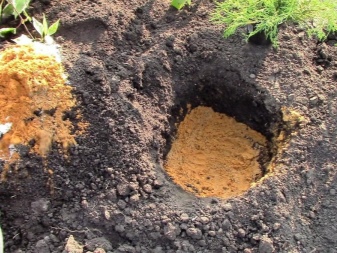
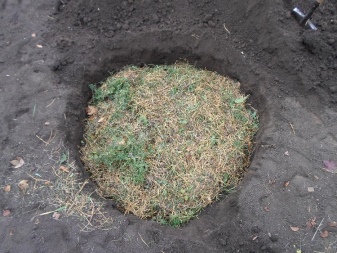
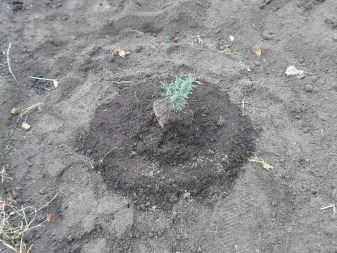
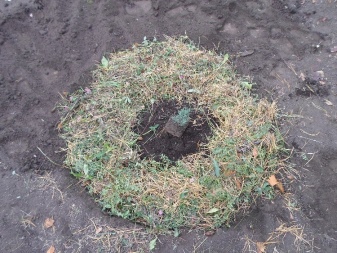
Care rules
It is not difficult to take care of the presented variety, even a novice gardener can cope with this. The basic rules for caring for a juniper include a number of factors.
- In the first year of life, a young seedling needs regular watering, since the roots have not yet had time to gain strength for the independent consumption of moisture and nutrients from the soil. The first 2-3 months, the bush should be watered every two days, then weekly watering is enough.
- In the spring, the plant is fed. A nitroammophoska is suitable as an additional power supply. And also autumn feeding will not be superfluous: during this period, mixtures containing potassium and phosphorus will be useful.
- This variety does not like drought, which means that it is recommended to mulch the soil with a layer of 5-10 cm so that moisture is retained as long as possible. Sawdust or pine chips are suitable as mulch. In order for the roots to have access to oxygen, after watering procedures, it is advisable to gently loosen the soil without damaging the root system.
- In early spring, the shrub is pruned. This must be done before the onset of sap flow. The procedure consists in the elimination of dry, damaged, frozen branches. After pruning, the crop is fertilized and sprayed with a fungicide solution for uniform growth of branches and protection against infectious diseases. Do not forget about personal safety measures, carry out pruning with gloves, as the presented variety contains toxic substances.
- Young specimens need insulation in preparation for winter. You can cover them with spruce branches, agrofibre or burlap. For adult shrubs, as protection from the cold, you can use mulch with peat in a near-trunk circle with a layer of 10-20 cm.And also during winter, make sure that the snow does not cover the bush too thickly, shake off snow-covered areas if necessary - this culture does not like snow piles.

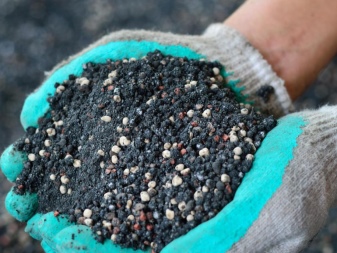
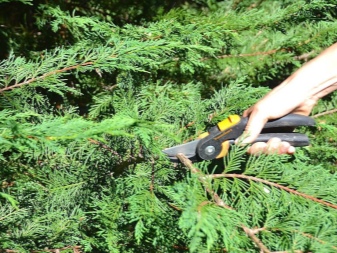
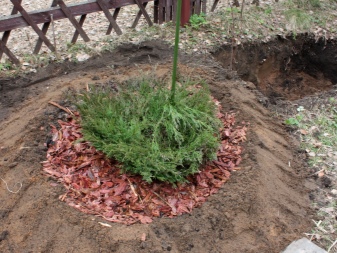
Reproduction
The presented variety can be bred by cuttings. Experienced gardeners may try to germinate a new shrub from seeds, but the chances are very low that this will result in a healthy tree. Before propagation by cuttings, it is important to take into account some of the nuances.
- The procedure is recommended to be performed in April-May.
- A healthy 10-year-old bush is suitable for reproduction. Cuttings are carefully trimmed along with a small part of the bark. The preferred length of cuttings is 13-15 cm.
- The tip of a potential seedling must be carefully cleaned of needles by 5 cm, and it is better not to touch the woody "heel".
- Before planting, it is recommended to soak the planting material in a growth promoter.
- The most suitable soil composition for cuttings is peat and sand, combined in equal parts.
- The planting procedure itself consists in deepening the cutting into the soil, dusting it with earth and covering the container with plastic wrap.
- Spray the planting site with water periodically.
- After a month and a half, the cuttings can be planted in a permanent place.
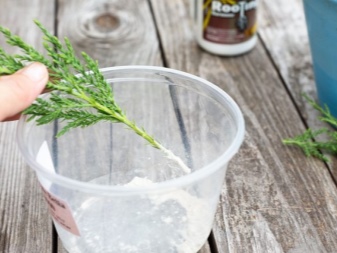
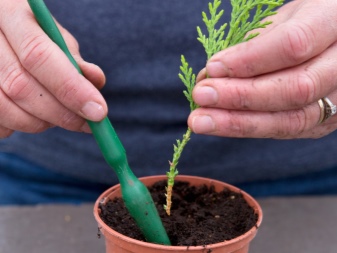
Diseases and pests
Of the insects, the spider mite, scale insect, coniferous aphid, and shoot moth love to feast on juniper most of all.

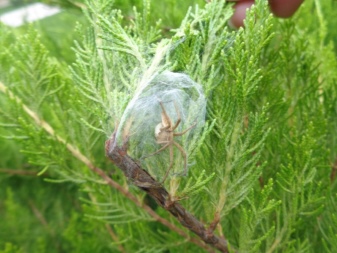
According to gardeners, the most effective means in the fight against these pests are the chemicals "Fitoverm", "Flumayt", "Talstar".
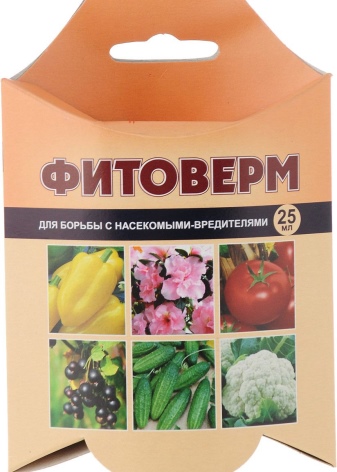
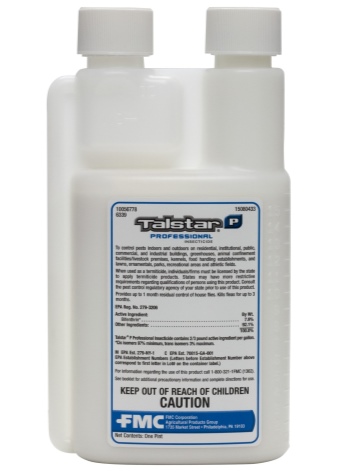
Of the diseases, the shrub is most often affected by rust. The presence of the disease is indicated by yellowed needles. To prevent the onset of the disease, it is important to carry out prevention.
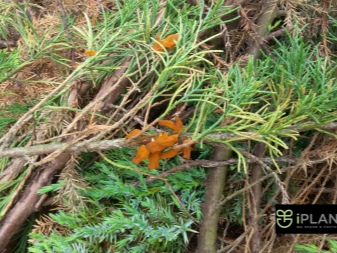
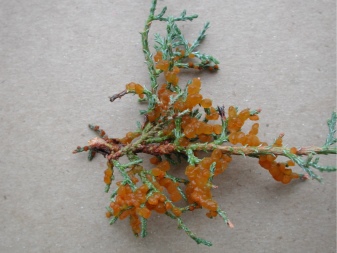
So, infected diseased branches should be removed in time and the culture should be treated with preparations with copper in the composition of "HOM", "Skor", "Fundazol", "Abiga-Peak".
And also in order to avoid diseases, it is recommended to abandon planting plants near currants and other fruit crops, which often become a source of infection.
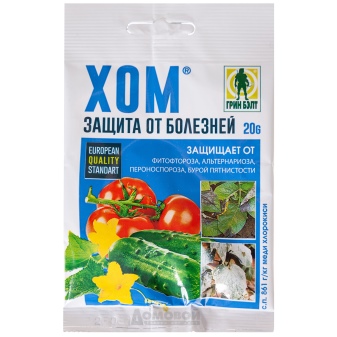
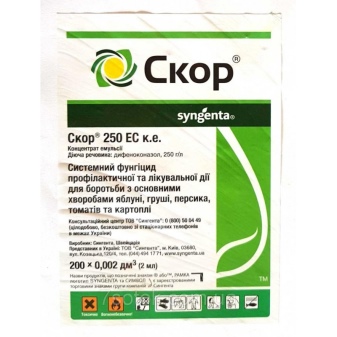
Use in landscape design
The presented variety looks very impressive when creating an alpine slide, a rocky garden, a heather zone. A picturesque landscape is obtained by decorating retaining walls, slopes, depressions, forest edges, coastal areas with juniper. The decorativeness of the variety remains all year round, so the pretty needles will look equally harmonious next to flowering crops in the summer and shimmer beautifully against the background of white snow in winter.
The variety is often used to decorate a continuous flowering flower garden. In this case, the juniper can be planted in the foreground. When used in rock gardens and Japanese gardens, it is recommended to plant it on the edge of retaining walls. A harmonious combination is obtained when planted next to heather, roses, cereals and ground cover forms of pine.
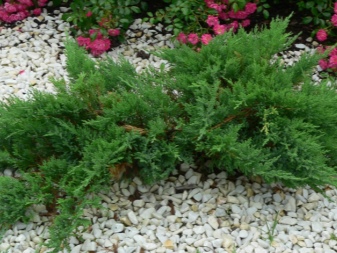
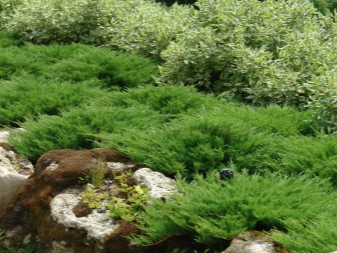
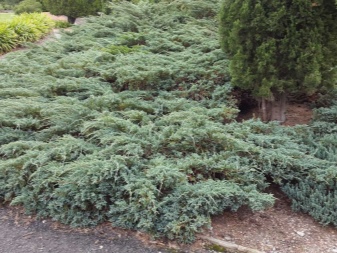
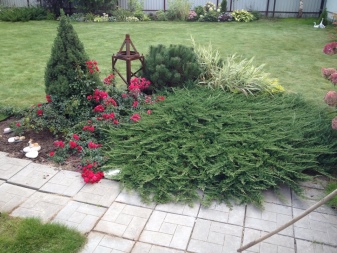
The aesthetic appearance allows this variety to be used to implement various stylistic solutions. However, the rich color of the needles depends on the lighting. A slight short-term shading will not affect the beauty of the crown, but in the complete absence of light, the needles will fade, the culture will take on a lifeless look. Therefore, avoid planting near tall shrubs and trees.
All about growing and caring for Andorra junipers, see the video below.



































































The comment was sent successfully.